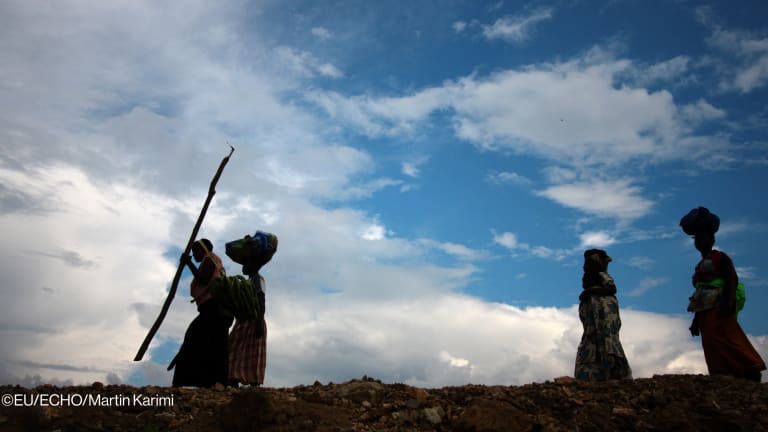Several African governments are gathering data on the prevalence of violence against children as a first step to tackle the issue — and it’s working.
Survey data for Eswatini and Kenya collected at the country level and compared over time show a marked reduction in the number of children experiencing a form of abuse.
Between 2010 and 2019, over 4 million fewer children experienced sexual violence in Kenya, the prevalence of physical violence declined by 21% for males, and half as many females experienced emotional violence perpetrated by a caregiver. In Eswatini, between 2007 and 2022, 169,995 fewer children experienced sexual violence. In addition, the rate of lifetime physical and emotional violence among females aged 13-24 years dropped by around 25%, and sexual violence among the same demographic decreased by around 37%.


